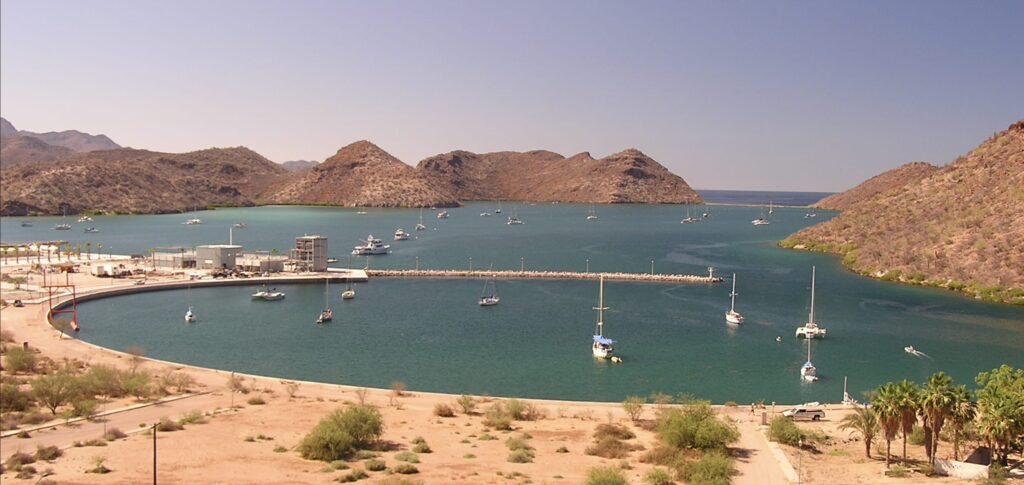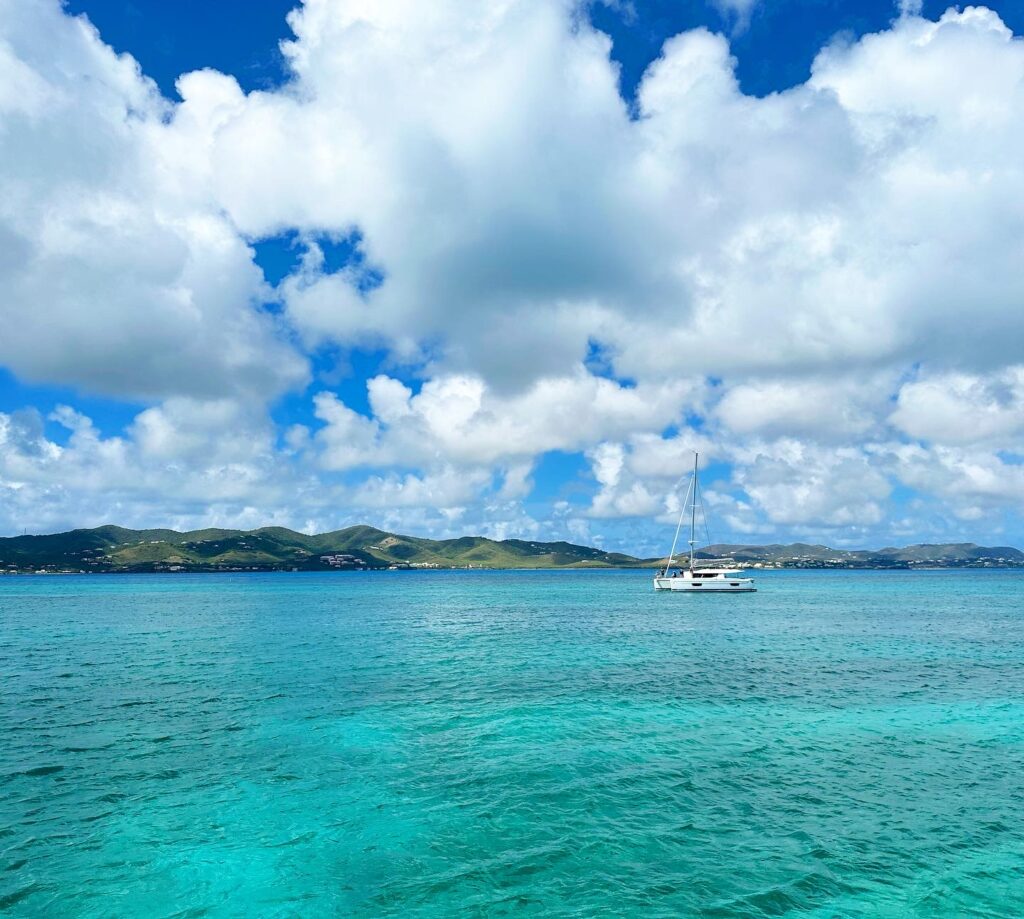Although sailing is often laid back good times, we can never underestimate the power of Mother Nature or unforeseen circumstances and must always be prepared for emergencies at sea. Here’s a helpful little quiz to test your knowledge using just a few instances that could happen while out for a sail.
- Should a backstay fail while sailing you should:
- Turn upwind and sheet the mainsail in hard.Yes!
- Turn the boat downwind and let out all the sails.No. Think that through…
- Turn upwind and let out the sails.No, but you’re close.
- Get on a beam reach and stage all crew on the leeward side of the boat.No, there is better logic to be had…
- If the boat unfortunately dismasts one thing you should do is:
- Start the motor and immediately drive away from the wreckage.Actually that is what you should NOT do.
- Maneuver the boat to a downwind position.That could cause more problems.
- Maneuver the boat to windward.Yes, if you can that is the best place to try and regain order.
- Do not attempt to maneuver the boat, it will only make things worse.No, there is a better option.
- When towing another boat, a good place to place the towline is:
- The stern-mounted lifeline stanchions (with bridle).this is only a good idea if you want to snap off your stanchions.
- The wheel pedestal (no bridle).There are better ideas.
- The farthest aft end of the boom (no bridle).Kudos for your very out of the box thinking but no!
- Primary winches (with bridle).Yes, this is a very strong place on a sailboat.
- Which is the LEAST effective call to make in an emergency at sea?
- VHF channel 16.Incorrect answer – getting on channel 16 is a good idea.
- 911 via cellphone.Correct – they are probably the least effective as they have to re-route your call, but they would still be able to help if all the other options are unavailable.
- Cell phone call directly to Coast Guard.Incorrect answer – that’s a good choice if the number is handy.
- Professional towing company via phone or radio (for non life threatening situations).Incorrect answer – if you can call the towing company directly without calling upon other agencies that is best.
- If a person onboard is suffering with medium hypothermia you should NOT:
- Warm the trunk of the body first.Incorrect answer – This is what you SHOULD do.
- Wrap them in a blanket WITH a non-hypothermic person.Incorrect answer – this is a good idea and should be done.
- Massage their arms and legs.That’s right. It’s a bad idea to massage arms and legs first – warm the trunk of the body first.
- Remove their clothing.Incorrect answer. Taking off wet clothes is the right thing to do.
- In a man overboard situation, a more immediate threat than hypothermia is something called:
- Endothermia.Nope. Endothermic is the absorption of heat but there’s no threatening condition called Endothermia.
- Cold Shock.Correct. If someone suddenly falls in very cold water it can cause a sudden intake of breath, acceleration of the heart rate and increase in blood pressure. Danger of drowning does exist.
- Hydro-fibrosis.We made that one up…
- Isothermia.Nah, Isothermic means a constant heat but isothermia is not a condition. Admit it, you were just guessing…
- If you haven’t actually hit something, the most common place where a substantial leak can occur is:
- Keel bolts.Incorrect, that is not common, but if they are leaking get it checked out soon – you have an issue.
- Chainplate fittings.They do leak but that wouldn’t be “substantial.”
- Stemhead fitting.No, think below the waterline
- Through hulls.But of course! Close the sea cocks if things are leaking – hopefully that will work!
Click on an answer above to start!








